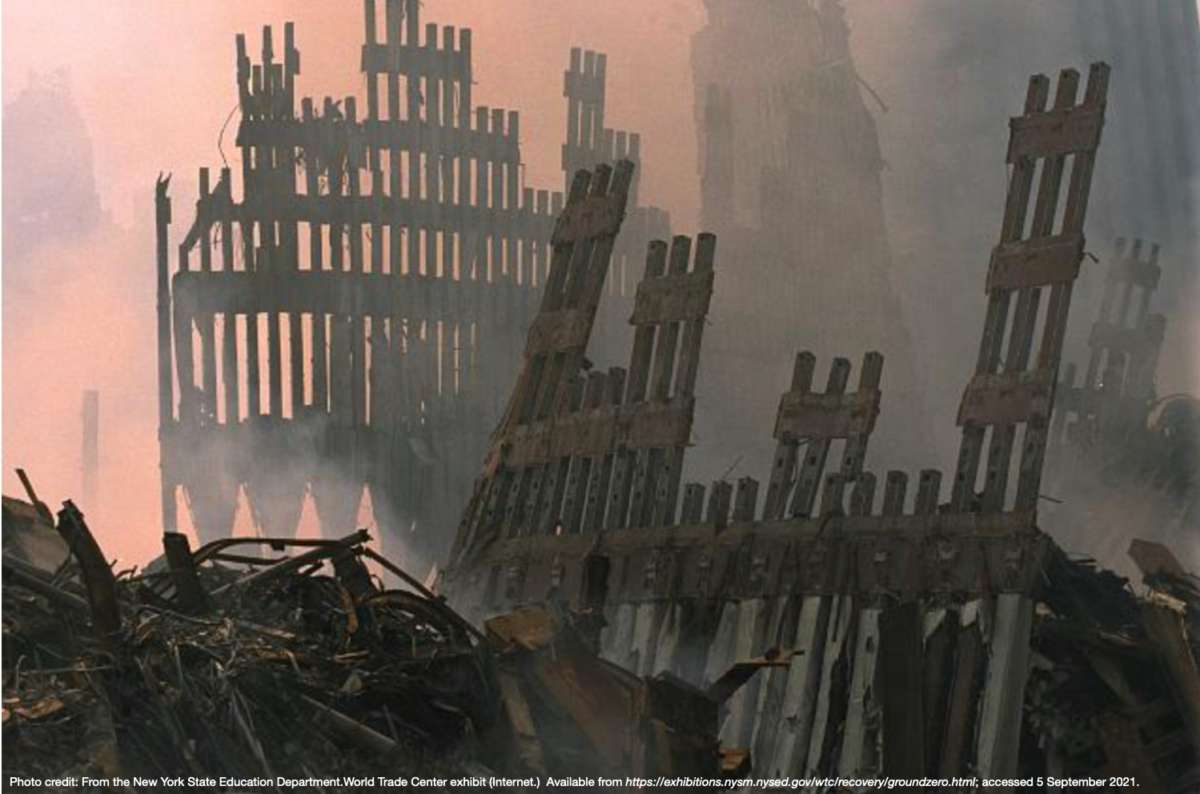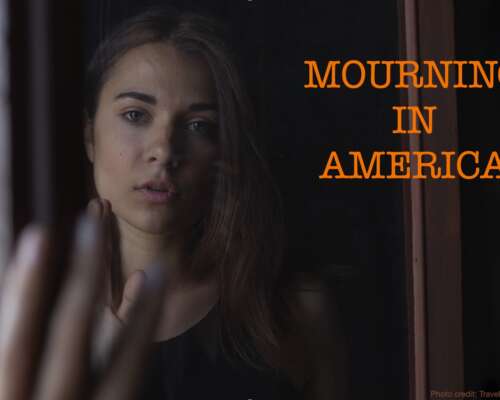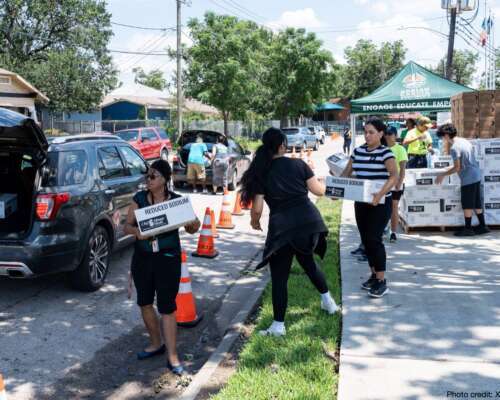Like most Americans who were old enough to remember the events of September 11, 2001, I remember where I was and what I was doing. I had just finished a “zero hour” dual credit college class at a rural high school approximately twenty miles from campus. I had just pulled out of the parking lot and turned on the Dallas CBS affilliate radio station KRLD to catch up on the traffic and weather. KRLD would provide traffic and weather reports “on the eights” or eight minutes after the hour, eighteen minutes after the hour, twenty eight minutes after and so on. But the familiar announcer’s voice said that they were suspending regular traffic and weather reports because of the events in New York City. I had no idea to what he was referring, but his voice had a somber tone to it. A few seconds later, I heard on that station that American Airlines Flight 11 had just crashed into the North Tower of the World Trade Center and as I was arriving at the campus, the second plane hit the South Tower.
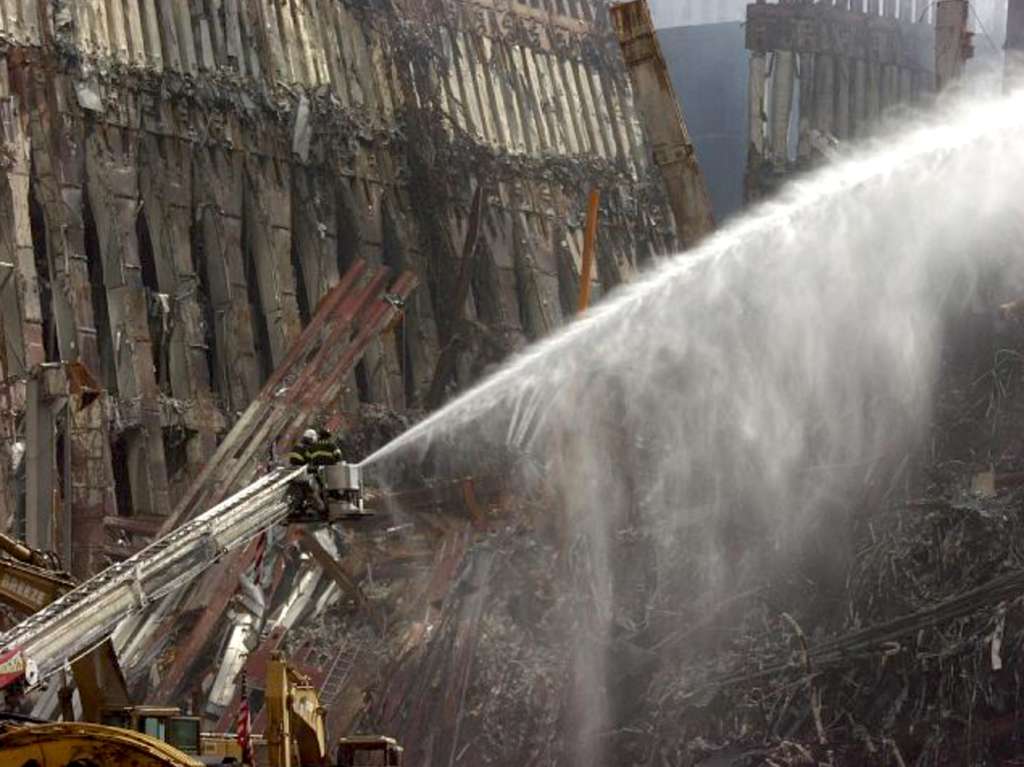
I had no other classses that morning, and I watched events unfold on the television in my office with my Dean and a few other faculty and staff that were starting to understand that something disastrous had occurred. I recorded the broadcast and played the video to my afternoon dual credit students at another high school, so that they had some understanding of what happened and also so that they had a forum to express their opinions and feelings. Most students were shocked, a few cried. Many had questions, including “Why?”
That evening, I had a class at another college fifty miles south and I stopped at an ATM in Plano, TX to get some cash. The transaction was declined, and there was a number on the receipt to call for more information. When I called, I got a recording that the bank in Plano, TX was somehow connected to the World Trade Center which either routed their transactions or processed them, and now that the buildings no longer existed, no one in North Central Texas could withdraw any funds from their accounts from that bank using an ATM. Beyond the shock and grief for the victims and their families, I immediately understood how fragile our technology was–that the loss of a single building in a city 1,600 miles away could cause the temporary cessation of remote banking half a continent away.
Next week is the twentieth anniversary of the attack on the World Trade Center in New York City. A total of 2,606 people in the two towers and the adjacent buildings died on September 11, 2001. Part of that total includes 344 firefighters and 71 law enforcement officials (not to mention the passengers in the planes, including Flt 93 and those that were killed at the Pentagon.) Subsequent to these events on that fateful day, the U.S. fought wars in Afghanistan and Iraq to counter the Muslim extremism that inspired the attacks on New York City, NY and Arlington, VA, as well as others in Kenya, France, Germany and Holland and elswhere. At the opening ceremonies and dedication of the WTC on April 4, 1973, Chief Architect of the World Trade Center Complex Minoru Yamasaki said:
“The World Trade Center is a living symbol of man’s dedication to world peace…beyond the compelling need to make this a monument to world peace, the World Trade Center should, because of its importance, become a representation of man’s belief in humanity, his need for individual dignity, his belief in the cooperation of men, and through this cooperation, his ability to find greatness.”
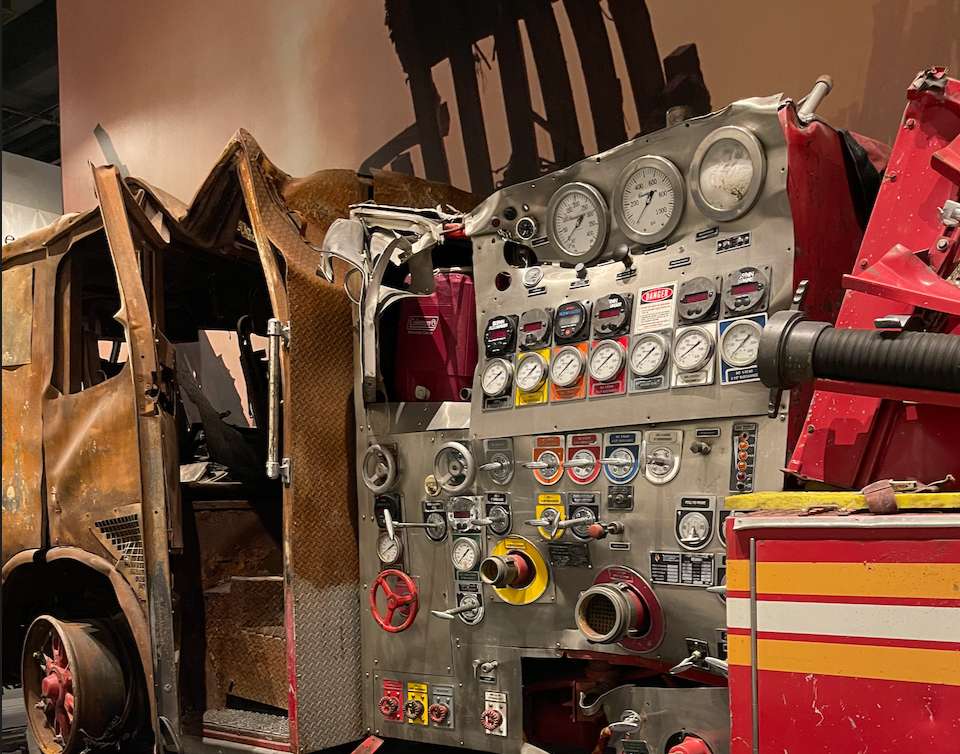
Altogether, some 50,000 people worked each day in the twin towers, with another 150,000 who passed daily through the subway station below the buildings. The subway station was one of seven underground levels that the 110 story buildings sat upon. When the buildings opened for business on April 4, 1973, they were the tallest buildings in the world (the North tower was actually six feet taller than the south tower.) A total of 235 elevators and 71 escalators were included in the plans. Unfortunately, 200 victims of the disaster were thought to have died while in the elevators as they sought to exit the buildings that day.
Building the towers employed 3,500 people at its peak, six people of whom died while contructing the buildings, two from falls and four from other injuries. During the twenty-eight years the towers were in use, nineteen murders were committed in or below the towers and seventeen babies were born within the tower walls.
September 11, 2001 was not the first terrorist attack on the towers. On Friday, February 26, 1993, a cell of radical Muslims under the direction of Khalid Sheikh Mohammed (who would also work with Osama bin Ladin on the September 11 attacks and whose last known address was Guantanamo, Cuba), drove a rented van with 1,500 pounds of explosives similiar to what Timothy McVeigh would later use in the Oklahoma City bombing on April 19, 1995. Six Port Authority employees, and one businessman, died when the bomb went off. One of these victims was Monica Rodriguez Smith, 35 who was seven months pregnant. Another 1,000 people sustained injuries of some magnitude.
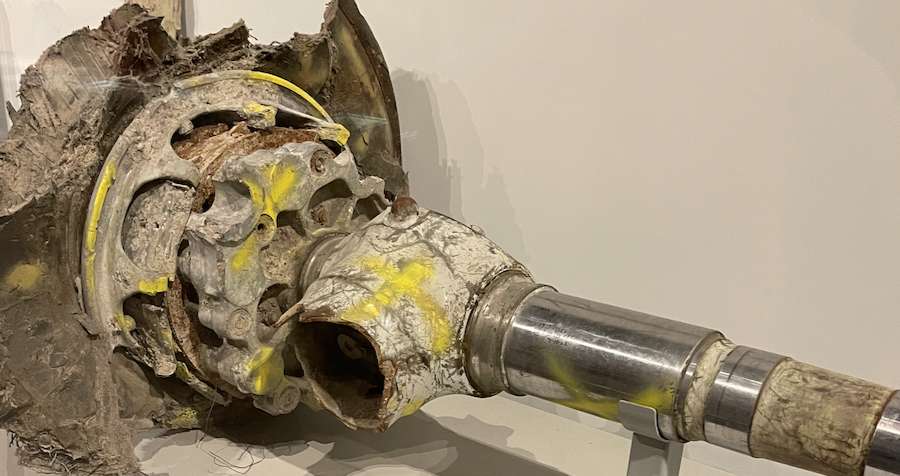
The magnificent towers even had their own zip code (10048.)
The New York State Museum in Albany, NY currently has a 9/11 display which includes artifacts that were recovered from the crash sites in NYC as well as poignant photos taken that day. These may be viewed on the museum’s website. The museum’s feature focuses on several different aspects of the event, such as rescue, recovery, response and voices, as well as basic information (plus facts and figures) about the towers, some of which I’ve included in this post.
Some of the items that the museum is displaying are deeply personal, such as nozzles from the fire hoses that the since departed firemen clung to as they attempted
to save lives on that day, or the remains of a fireman’s boot which may be the only physical evidence that the brave, heroic soul was even on site.
This exhibit is reason enough to justify a stop at the museum which is located in downtown Albany, though it is only one feature of many temporary and permanent exhibits that the building houses. For more information, visit their website.
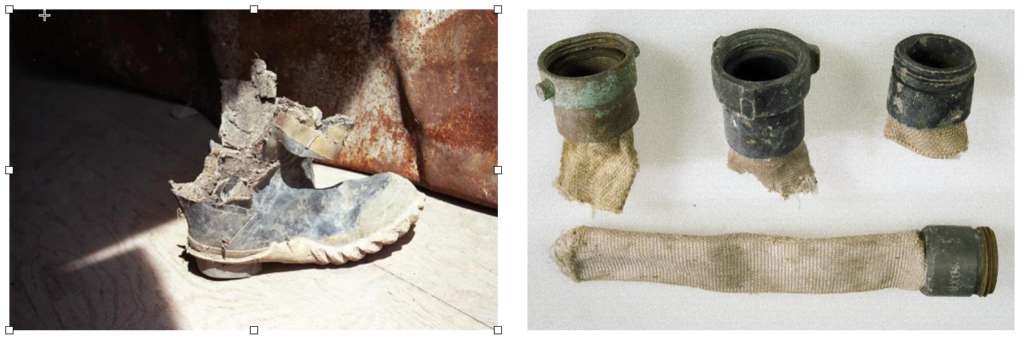
More information on the 9/11 attack and the government’s findings can be found here.
Thanks to the New York Education Department and the New York State Museum for the Fair Use of their photographs.
